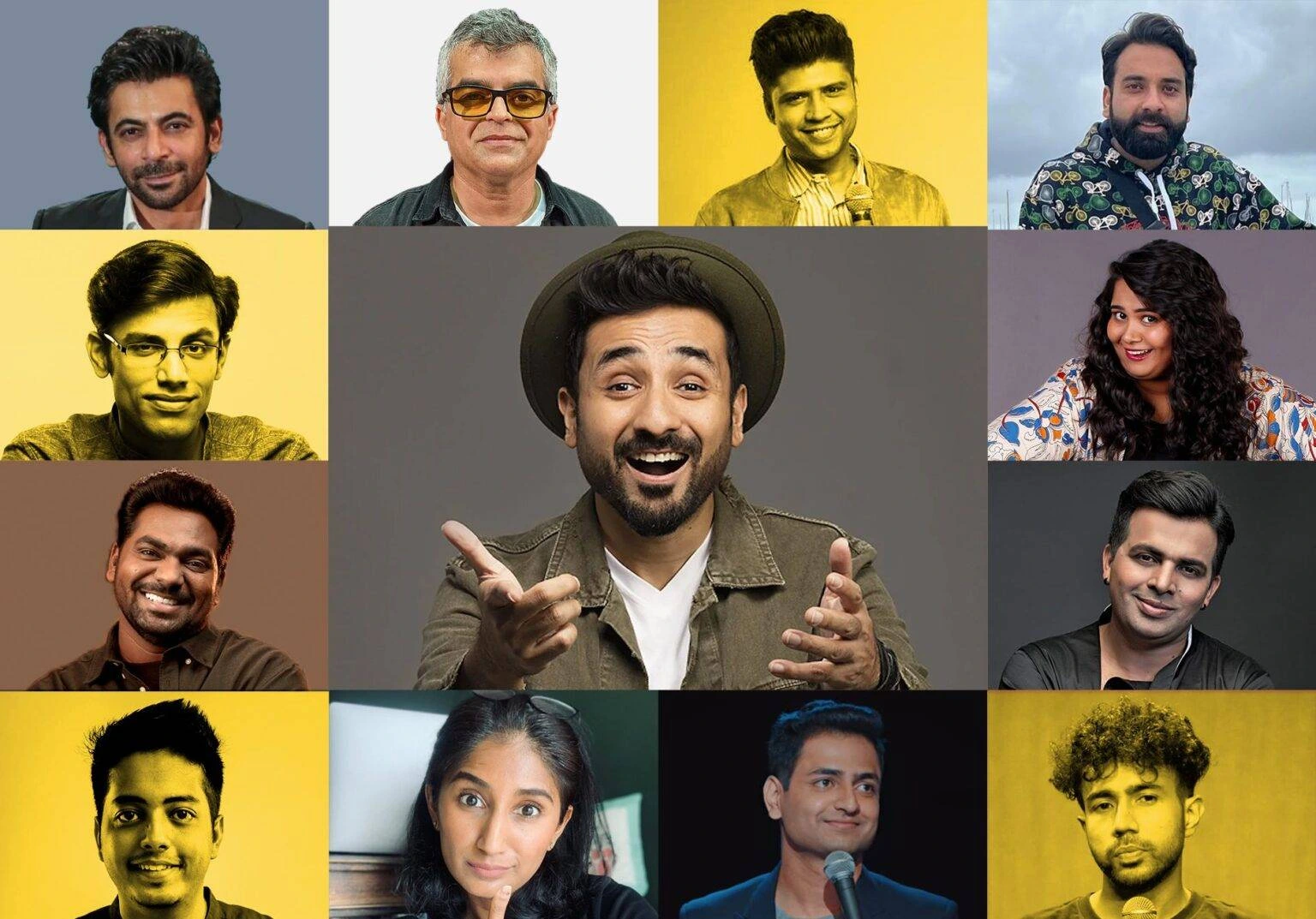The Rise of Indian Stand-Up Comedy - From Humble Beginnings to Mainstream Success
Despite its growth, the industry faces challenges, including censorship, cultural sensitivities, the threat of online trolling and even physical harm

Stand up comedy
Over the past decade, Indian stand-up comedy has grown from a niche art form to a vibrant industry with millions of fans across the country and beyond. This transformation has been fuelled by a blend of cultural shifts, digital platforms, and a new wave of comedians who have redefined humour for Indian audiences.
The seeds of Indian stand-up comedy were sown in the late 2000s with pioneers like Vir Das and Papa CJ, who brought the concept of observational humour to urban audiences.
In these early stages, comedy shows were confined to small venues in cities like Mumbai, Delhi, and Bangalore, with limited reach and recognition. English was the dominant language, catering mainly to urban, cosmopolitan audiences.
The real breakthrough for Indian comedy came with the rise of YouTube and social media platforms. Comedians like Biswa Kalyan Rath, Kanan Gill, and Kenny Sebastian gained massive followings by uploading relatable and hilarious sketches. Channels like The Viral Fever(TVF) and All India Bakchod(AIB) also thrived in this new ecosystem, the former having gone on to bigger and better things with shows like the critically acclaimed Kota Factory.
This digital revolution democratized comedy, allowing talented performers from all corners of India to showcase their skills without relying on traditional gatekeepers like television networks.
The emergence of streaming platforms further elevated the industry. OTT giants like Amazon Prime Video and Netflix began featuring Indian comedians in stand-up specials, giving them global exposure. Shows like Zakir Khan’s Haq Se Single and Vir Das’ Abroad Understanding introduced diverse styles of humour to a worldwide audience.
One of the hallmarks of the Indian stand-up scene in its current form is the remarkable linguistic diversity all around.
While English and Hindi remain dominant, regional languages like Tamil, Telugu, Bengali, and Marathi have also found their space. Comedians like Aravind SA and Karthik Kumar have successfully tapped into regional audiences, proving that humour transcends language barriers.
Modern Indian comedians have not shied away from addressing sensitive social and political issues. From caste and gender to mental health and LGBTQ+ rights, comedians use satire to spark conversations around topics often considered taboo.
While this boldness has invited criticism and occasional backlash, it has also positioned stand-up comedy as a powerful tool for social commentary.
Despite its growth, the industry faces challenges, including censorship, cultural sensitivities, the threat of online trolling and even physical harm from radical groups masquerading as conservative or religious organisations. Yet, the resilience of comedians and their ability to adapt have kept the industry thriving. Live shows, comedy festivals, and digital content continue to expand the reach of Indian humour.
The rise of Indian stand-up comedy reflects a broader cultural shift towards embracing humour as a form of expression and entertainment. With its blend of wit, relatability, and courage, Indian comedy is not just making people laugh; it is also shaping perspectives and breaking barriers. As the industry evolves, it is clear that Indian stand-up has carved a permanent place in the global comedy landscape.
